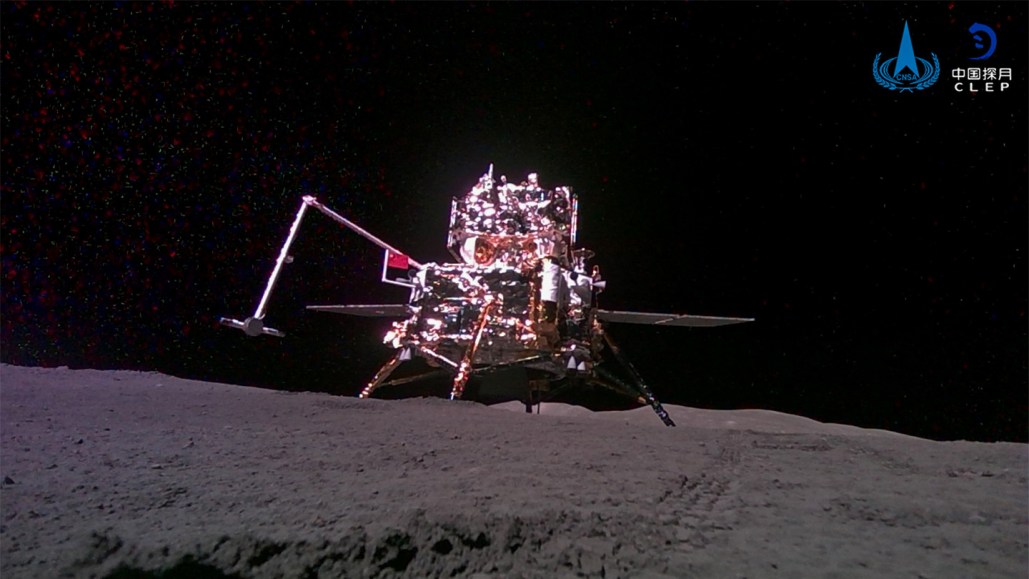China's Chang'e-6 Successfully Collects Samples from the Far Side of the Moon

China has achieved a significant milestone by becoming the first country to gather samples from the moon's farside, with the potential to uncover new information about our natural satellite's creation and historical evolution.
A mission named Chang’e-6 landed in the Apollo crater within the larger South Pole–Aitken basin, the solar system's largest meteor impact site, on June 1.
Chang’e-6 managed to collect 2 kilograms of lunar material during its two-day stay thanks to its scoop and drill. An ascent vehicle was packed with these material and propelled into lunar orbit on June 3. The samples are expected to be transferred to a return vehicle for their journey back to Earth, with their landing expected in Inner Mongolia on June 25. This marks China's second successful farside landing after the previous Chang’e-4 mission in 2019.
Planetary geologist Kerri Donaldson Hanna, from the University of Central Florida in Orlando, expresses a common sentiment amongst lunar scientists, highlighting the importance of these farside samples.
Researchers hope these samples could help decipher the distinct differences between the moon's two sides. The side facing Earth shows substantial signs of volcanism, including extensive lunar maria, huge dark plains apparent whenever the moon is visible. The maria are solidified lava pools that flowed nearly 4 billion years ago. On the other hand, spacecraft observations show very little volcanic activity on the farside.
Hanna suggests that the nearside crust's thinness, as suspected by some scientists, might be responsible for the higher volcanic activity, as it would have allowed more magma to surface.
There is also evidence of volcanic activity in the South Pole–Aitken basin and Apollo crater, presumably taking place about 3.5 billion years ago.
Scientists posit that the impacts that formed Aiken and Apollo could have weakened the lunar crust, created fractures, and facilitated magma flow. Chang’e-6's samples might carry clues to confirm this theory.
The material will be open for study by both Chinese and international researchers. Hanna eagerly anticipates the insights from Chang'e-6 and future landers such as those in NASA’s Commercial Lunar Payload Services program.
With upcoming missions targeting various unique lunar locations, this is an exciting period for lunar scientists, as Hanna puts it.




